全部商品分类
> Biodegradable PBAT Plastics and Composites
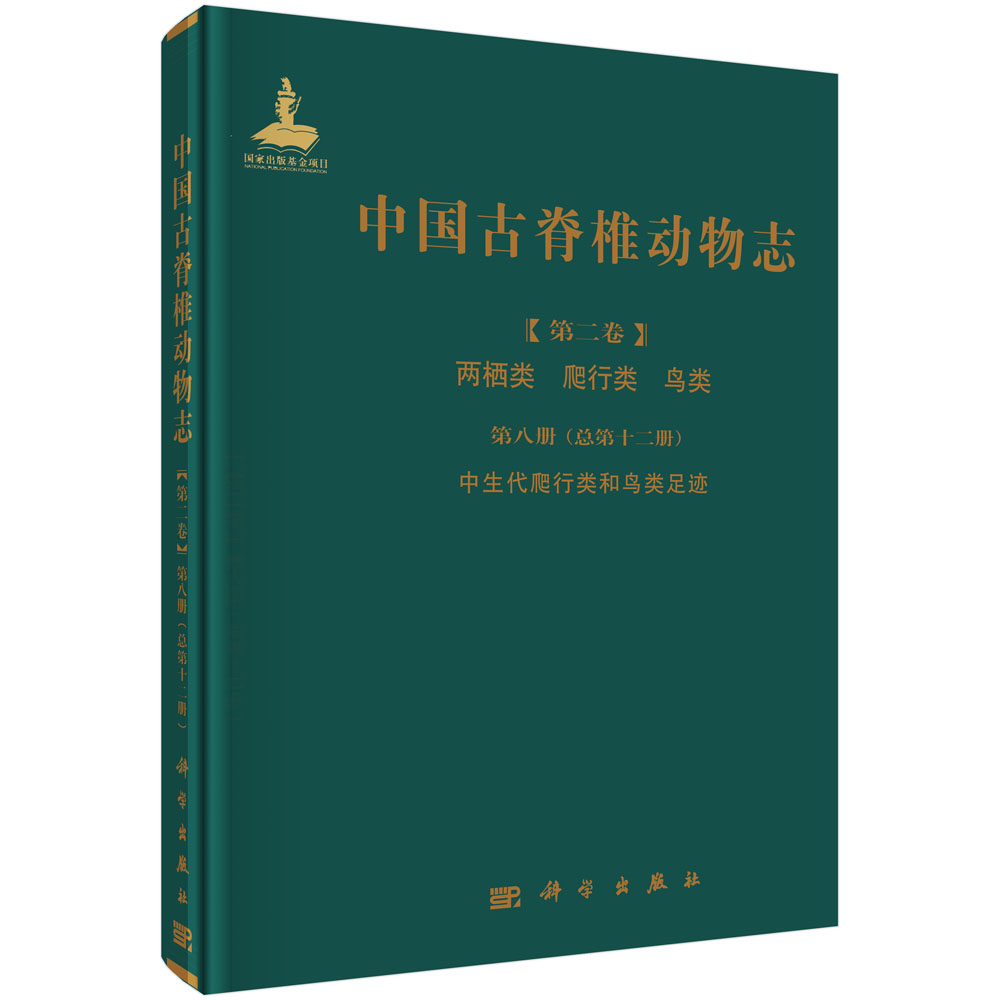
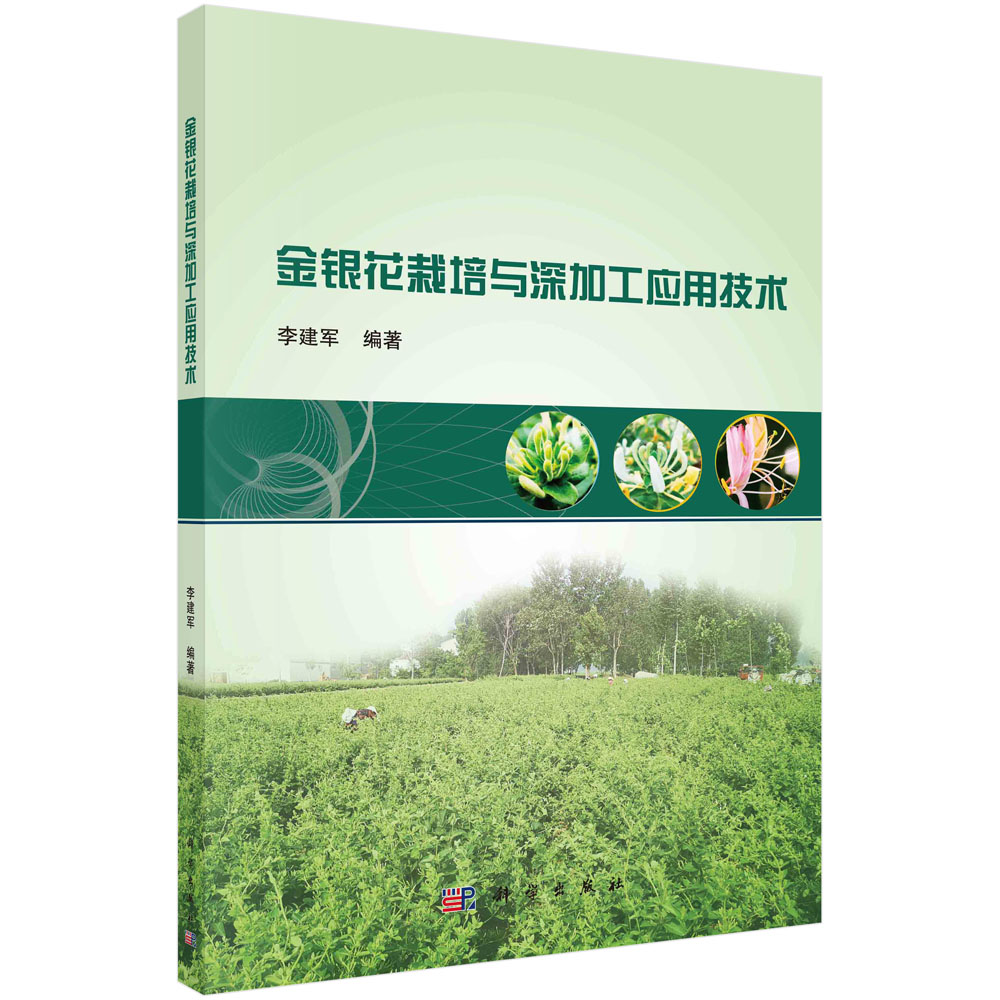
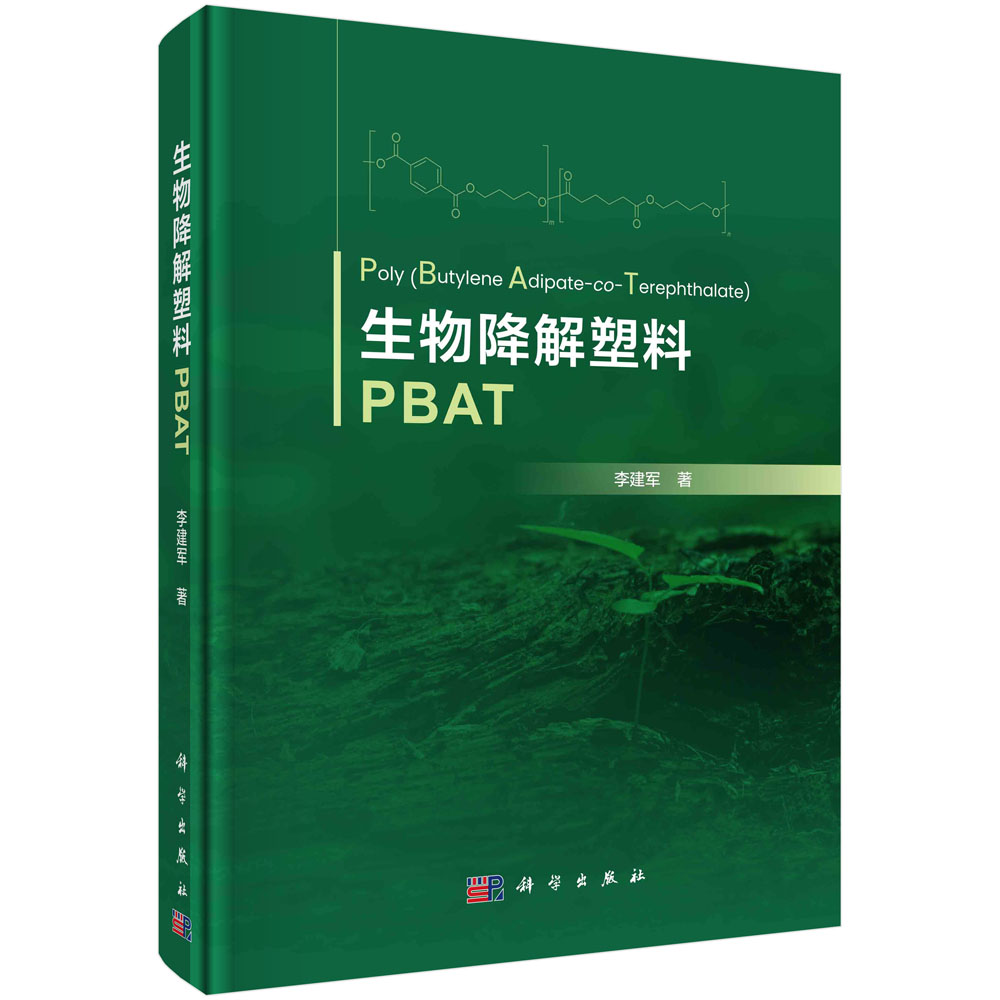
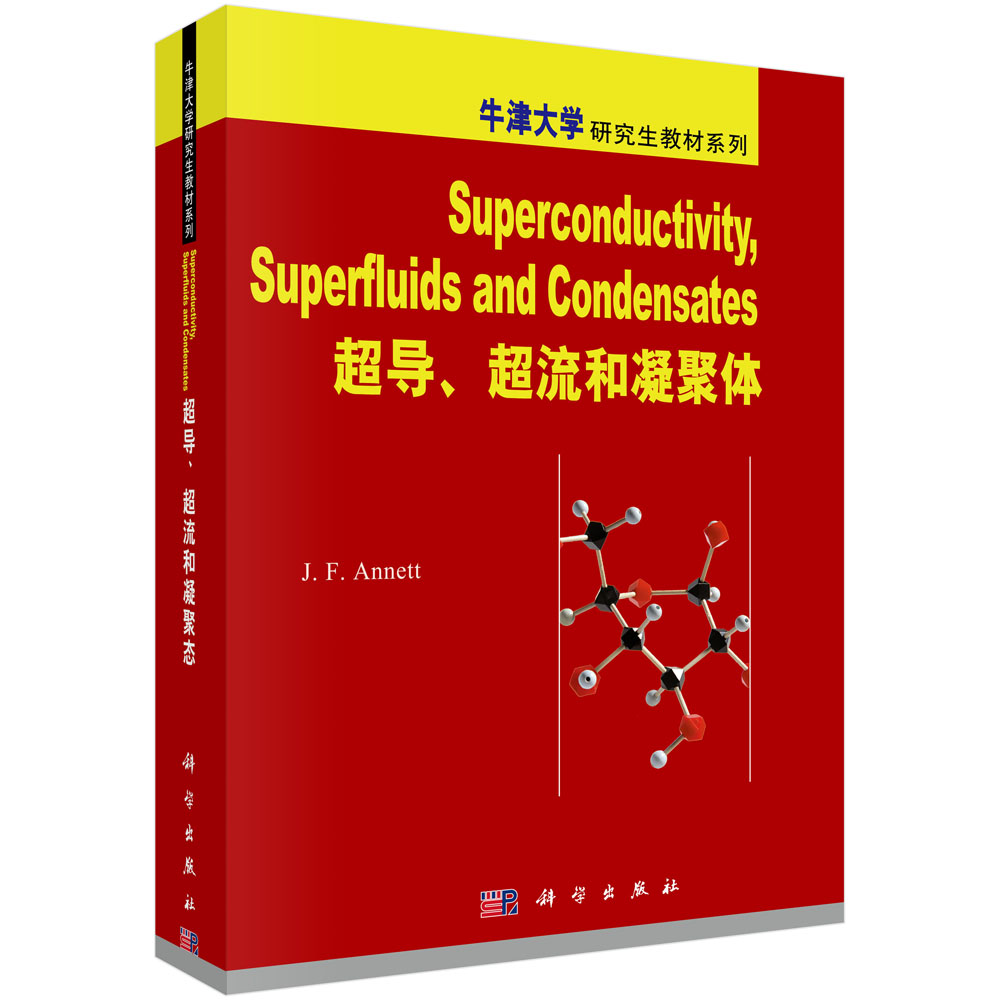
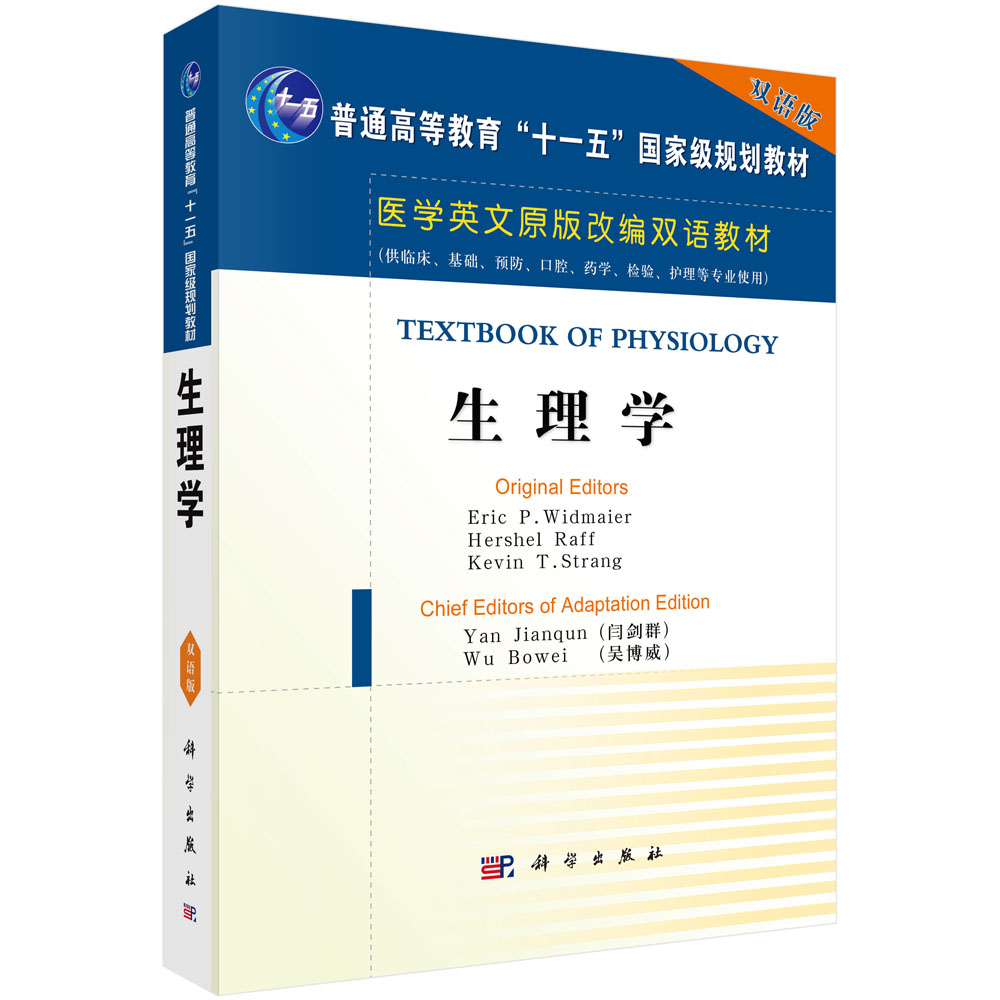
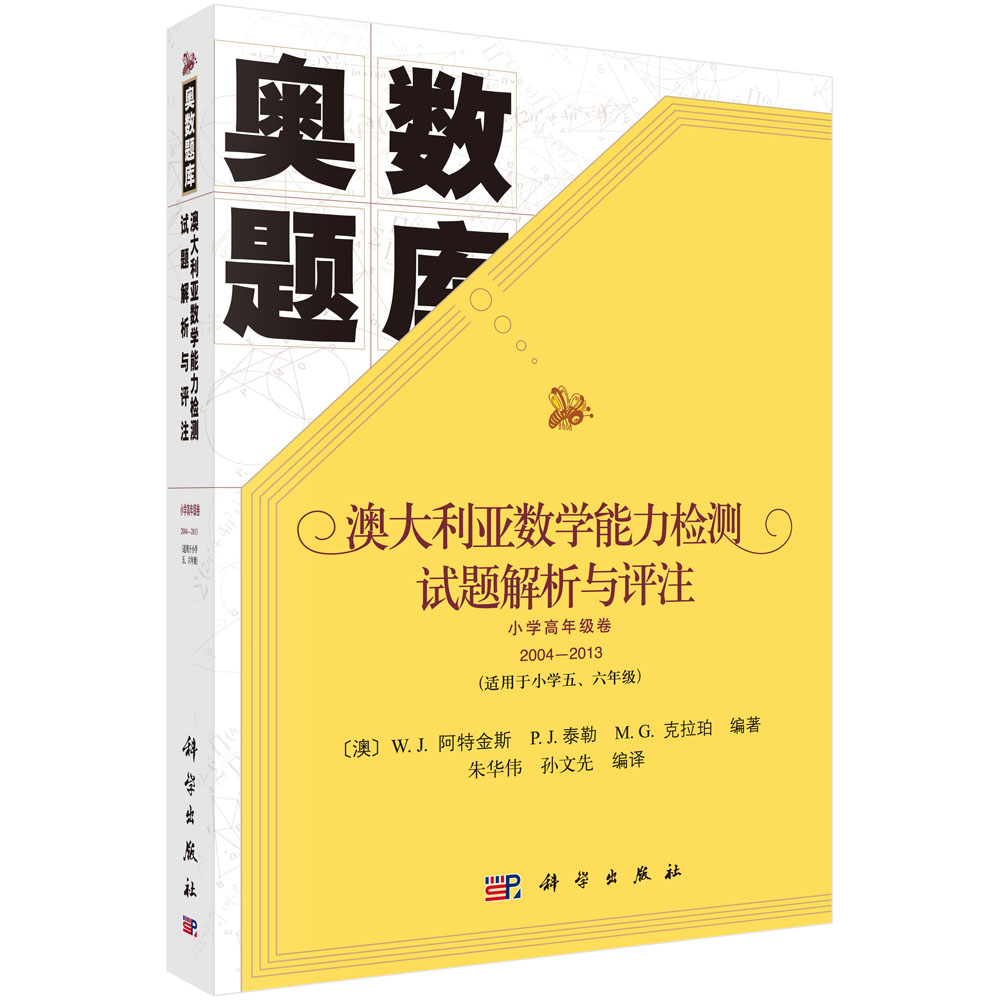
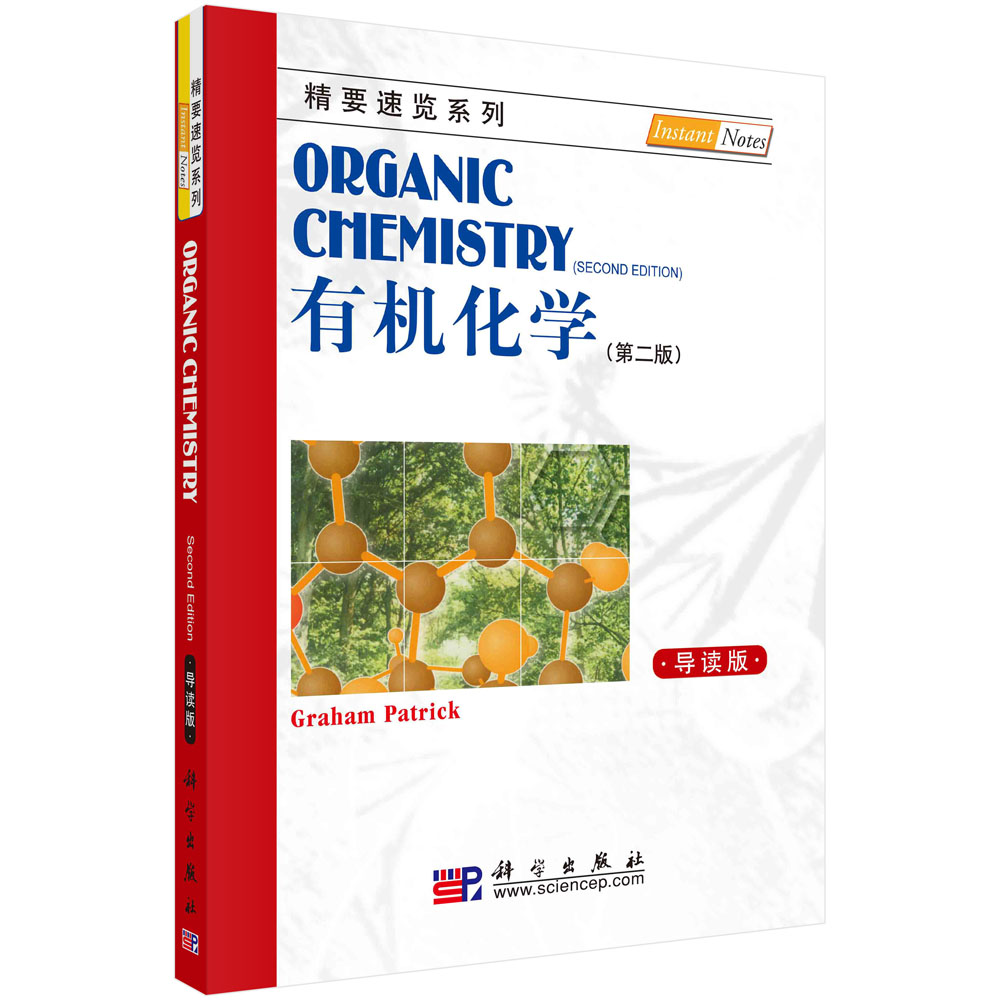
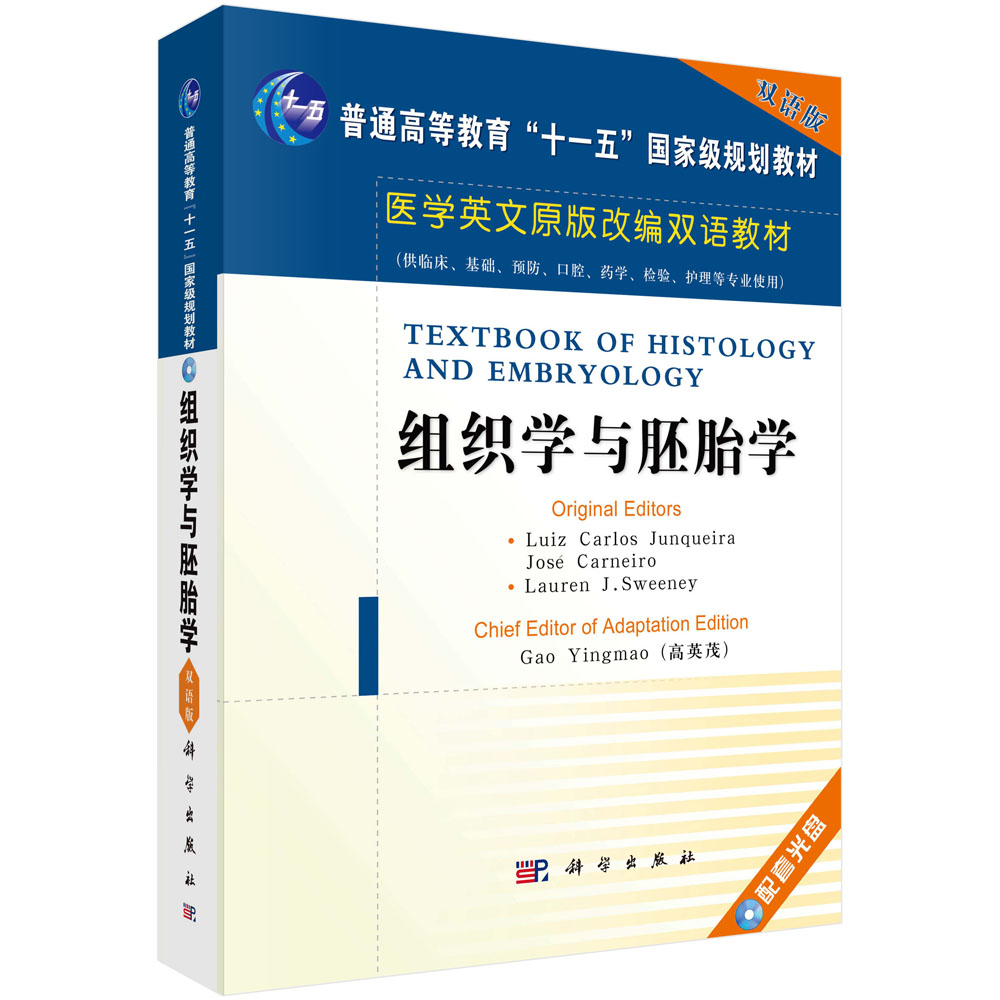

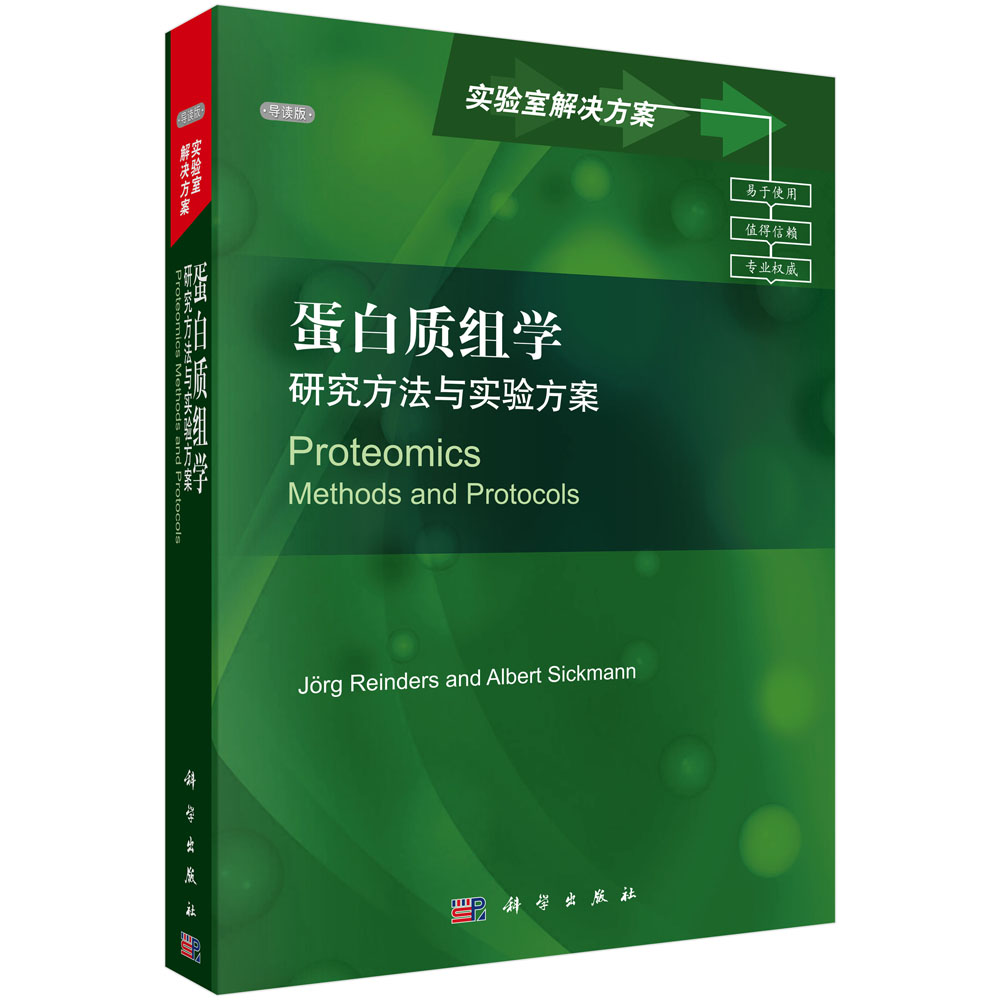
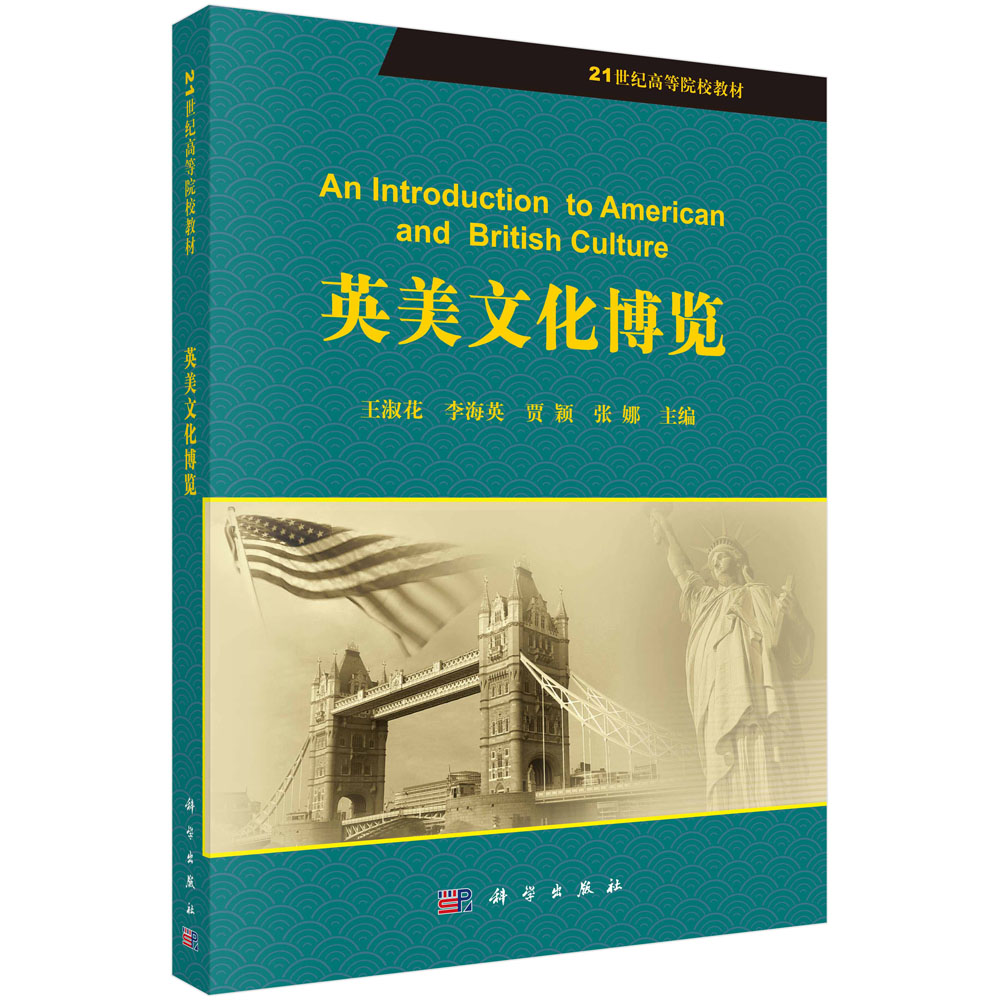
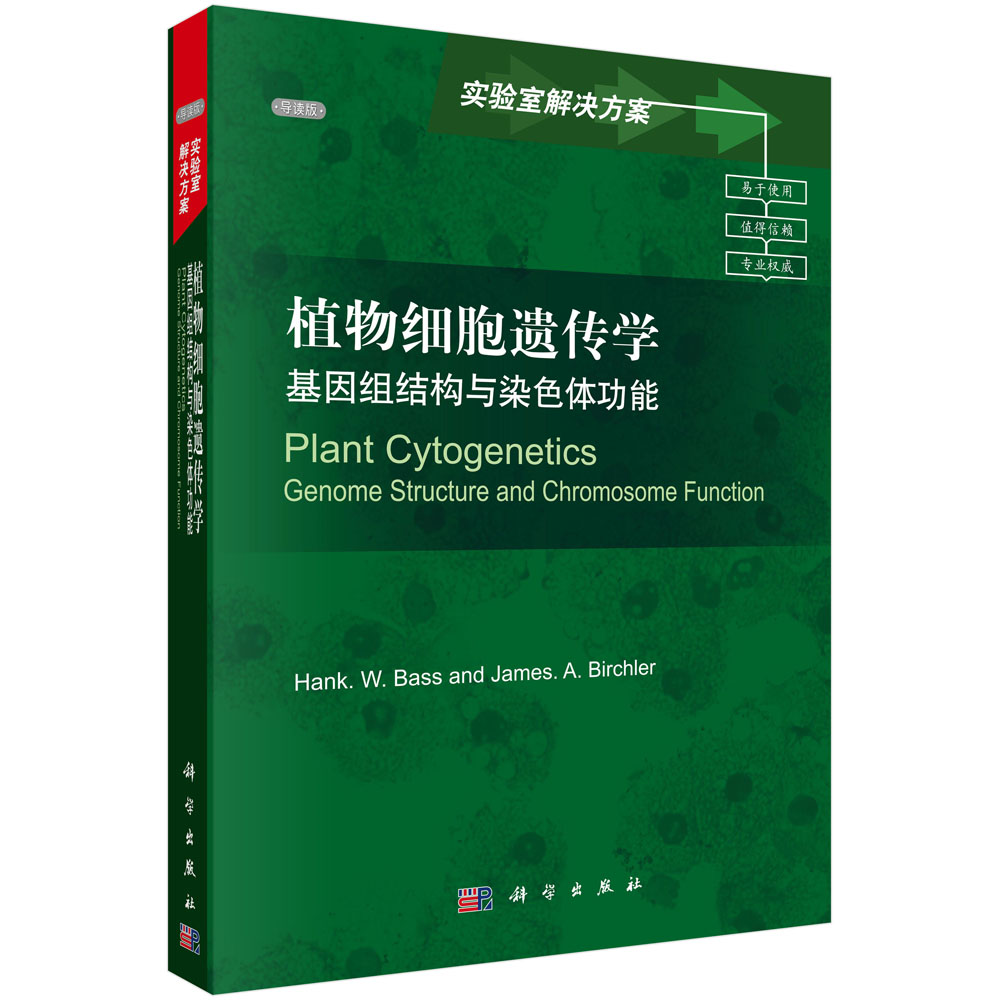
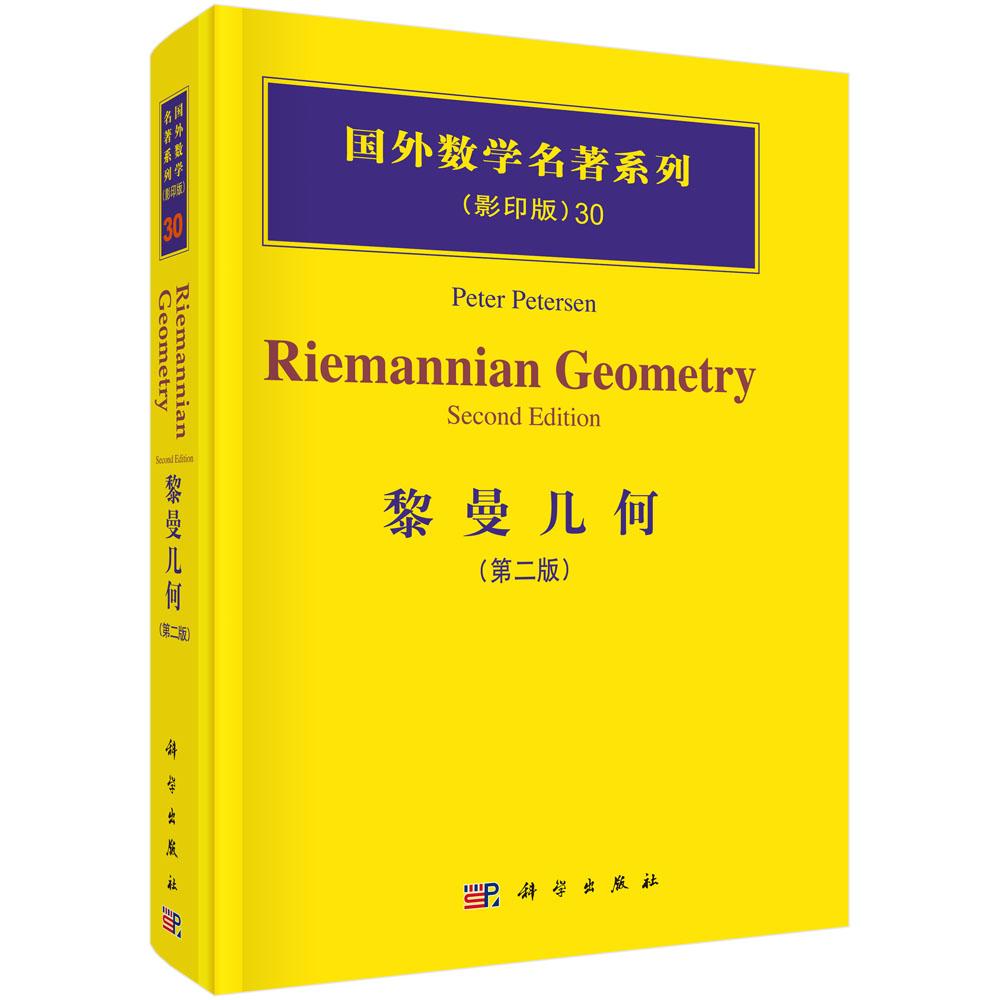

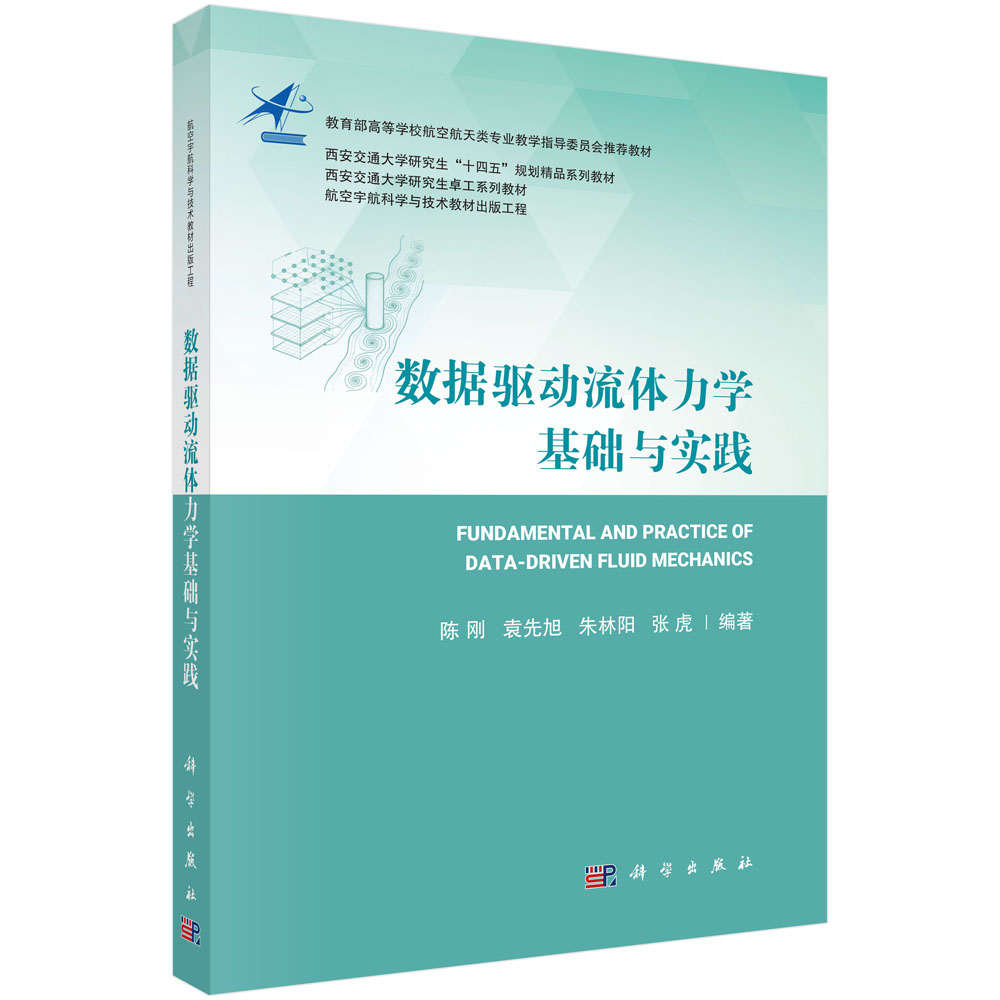



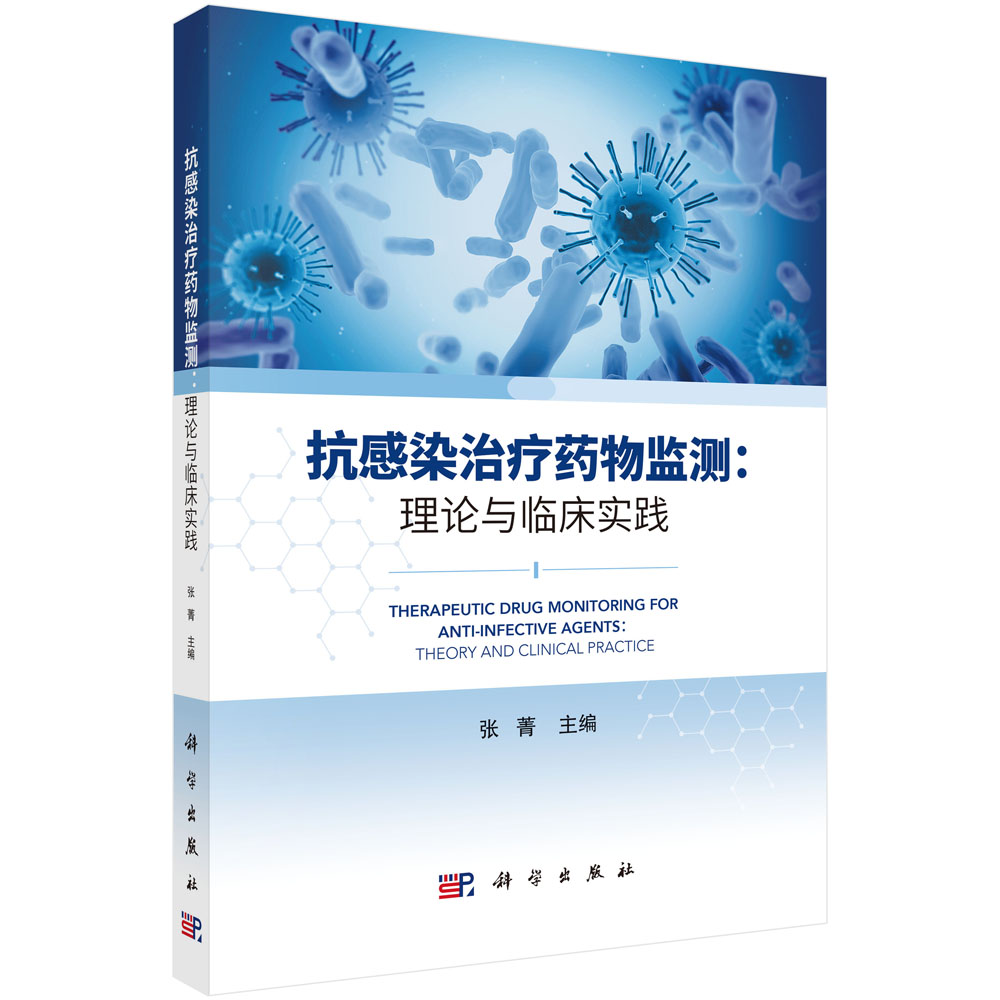




This book systematically summarizes the development of biodegradable polyester PBAT in recent decades and describes in detail the layout of the panel, technology and equipment, roadway support, and other aspects of PBAT synthesis, structure, properties, and manufacturing. The subject of the book belongs to materials, especially polymer science. The latest scientific research achievements, such as the life circle analysis of PBAT resin, PBAT-based alloys, PBAT plastics blending with biomass, advanced digital technology for PBAT blending, e.g., PBAT molding process, evaluation, and certification of PBAT biodegradability, are also analyzed and summarized. In general, this book comprehensively displays the development process and latest achievements of PBAT resin, aiming to promote China's advanced biodegradable plastics technology to the reader in the whole world, and has significant social significance.
样章试读
- 暂时还没有任何用户评论
全部咨询(共0条问答)
- 暂时还没有任何用户咨询内容